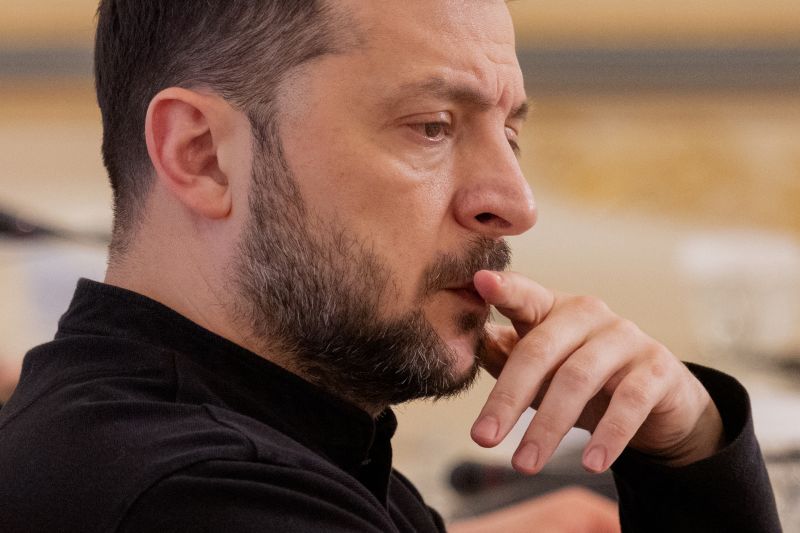
For three years he was the center of the room, but now is perhaps unsure if he is even in the right one.
Ukrainian President Volodymyr Zelensky has been a totemic figure of the West’s unified stance against a marauding, autocratic Russia. A Churchillian presence forcing Europe into a moral stance against a Kremlin head who had so successfully sought to divide and bribe them for years.
Yet Zelensky cut a reduced figure on stage alongside US Secretary of the Treasury Scott Bessent on Wednesday in Kyiv. He had hoped to meet US President Donald Trump in person to discuss a wide-ranging vision of peace, after the US president suggested Friday they might meet imminently, and his team immediately set about trying to schedule it. Instead he was presented with what Zelenksy called “serious people” – and a largely financial deal handed over by Bessent, the US billionaire turned money-man, which he didn’t sign.
It was during Bessent’s brief visit that news broke Trump had been busy elsewhere: holding perhaps his second phone call in recent days with Russian President Vladimir Putin. Trump had said Saturday they had spoken earlier, but the Kremlin declined to confirm it.
This time, the exchange had been sweetened by the unexpected release Tuesday of American prisoner Marc Fogel from Russian custody. Trump greeted the released 61-year-old wrapped in the Stars and Stripes, providing a perfect televised moment of rehabilitation for the Kremlin in the eyes of ordinary Americans. Why not make a decent deal with Moscow if they’re just good guys sending our guys home?
It’s been 48 hours of fever dreams, malarial night sweats and tremors for Zelensky. European leaders used to travel a day by rickety train for a photo op alongside him. Now he is second on Trump’s call sheet after Putin, a man under International Criminal Court indictment for alleged war crimes against Ukraine, who poisons his own people.
We simply do not know the details of what Trump and Putin spoke about. But we can be sure the Kremlin head has waited for this moment for three years – yearning for the time when his grotesque tolerance of hundreds of Russian daily dead can be converted into a crack in Western unity, or NATO’s European members being told by their American guarantor they are on their own.
Trump and Putin set the tone it seems, and Zelensky got the post-brief. Trump even gloated that Putin had used his campaign slogan of “common sense,” suggesting the Kremlin head continues to study his adversary carefully to flatter. Trump ended his second post about his call with Zelensky with the remarkable switcheroo of “God bless the people of Russia and Ukraine!”
Hours earlier, Zelensky’s hopes over the key tenets of a peace deal had been torn up by new US Secretary of Defense Peter Hegseth. Ukraine will not be part of NATO. Ukraine will never return to its 2014 borders. Any peacekeeping forces between Russia and Ukraine will not be American, but European or non-European. Europe must look after itself. The first two points we knew – Ukraine having failed to retake territory in its 2023 counteroffensive, and likely being too chaotic in the coming decade to make the grade for the world’s most sophisticated military alliance.
But the makeup of any future peacekeeping forces was crucial. Zelensky had openly demanded – in a stream of interviews in the past week that had begun to seem like negotiating a peace deal in the media – that Americans be involved with peacekeeping, as security guarantees without America were “worthless.” Hegseth was swift to burst that bubble, fanciful as the notion was that the US would insert its men and women as prime targets in the most brutal battlefield on earth.
Instead, we are seeing the bones of a peace plan emerge in public that is close to one posited by retired Gen. Keith Kellogg back in April, when he was a private citizen and not presidential envoy to Ukraine and Russia. Kellogg suggested a peacekeeping force manned by Europeans. He said Ukraine should give up on NATO membership. He proposed a ceasefire (and has since in interviews suggested elections might then follow in Ukraine). And importantly, he said Ukrainian aid should be turned into loans that Kyiv would one day repay. Perhaps this formed part of Bessent’s proposal to Zelensky on Wednesday.
Rare earth minerals were discussed in Kyiv on Wednesday too, although this is not necessarily great news based on precedent. When Trump was briefly enticed to support Afghanistan in 2017 because of its purported trillion dollars’ worth of minerals, he regardless signed a deal with the Taliban to let them take over just over two years later.
There are reasons to hope Trump’s approach is based on more immutable principles and sophisticated groundwork. He and his team have clearly had confidential discussions, and seem to be articulating a plan Kellogg formulated a while ago. That takes some discipline. But it also takes application, guile and patience to see it through. Putin has this in droves, and victory in Ukraine will dictate both his personal survival, legacy, and the balance of powers globally for decades. For Trump, the war in Ukraine is the thing he thought he could fix in 24 hours after coming to power, that would never have started had he been in office in 2022.
It is not his priority. Zelensky is not either. The man on top of his call sheet is Putin. He is who he seeks to make a peace with, even though the United States is not technically at war in Ukraine. And that is, for now, all we need to know.





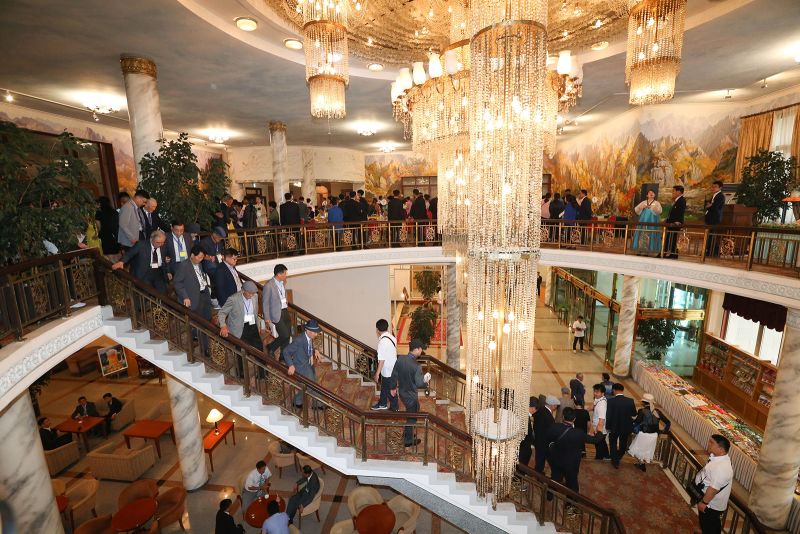









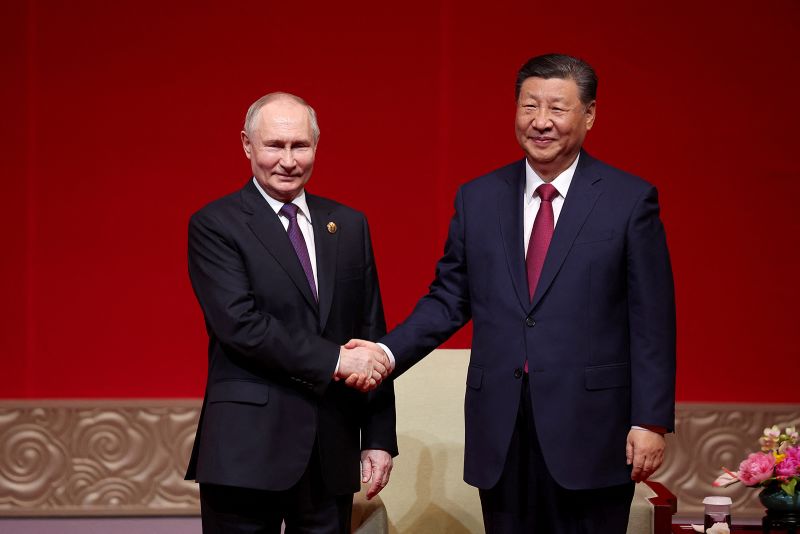

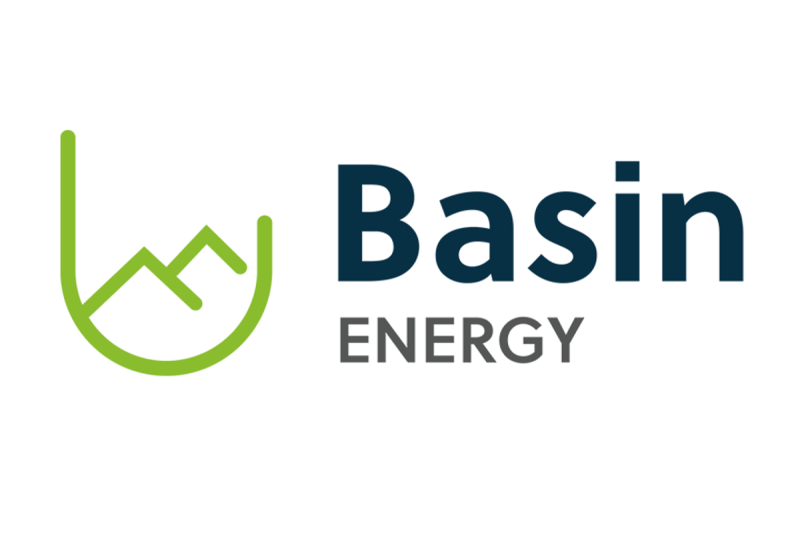
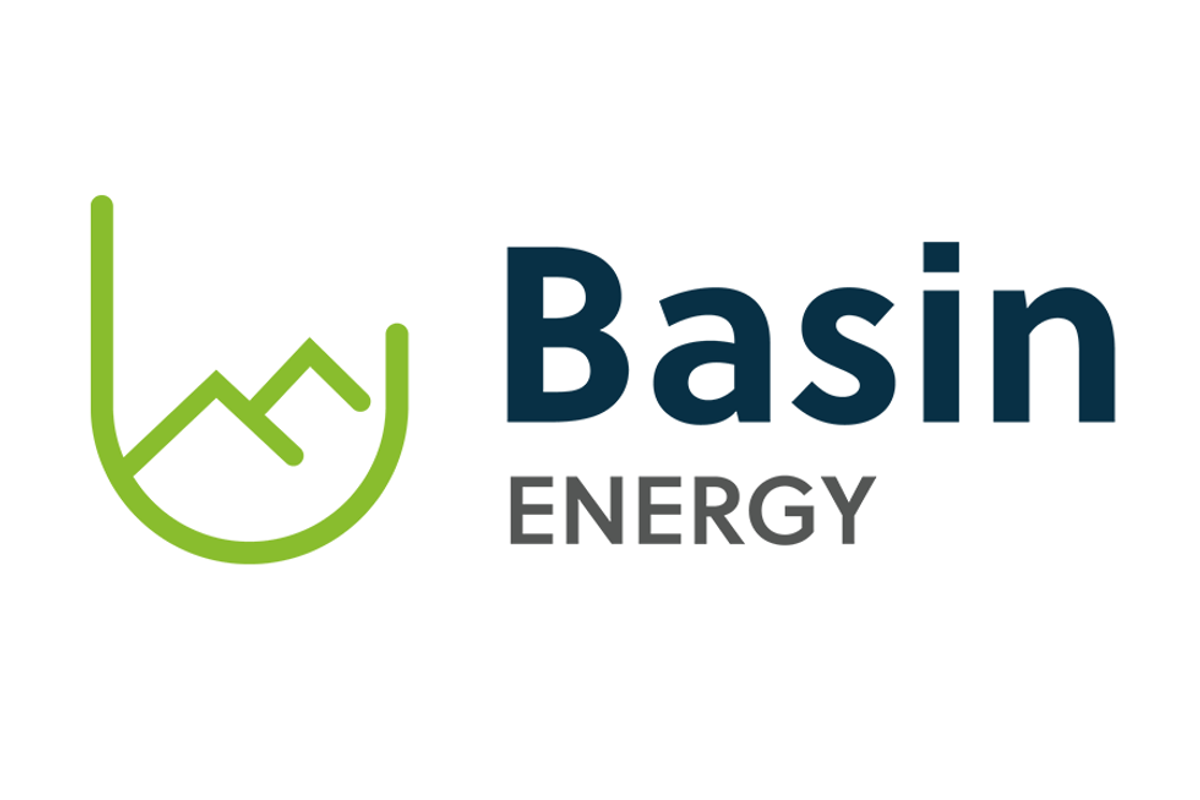 Basin Energy (BSN:AU) has announced High-Grade Mineralisation Identified at North Sweden Project
Basin Energy (BSN:AU) has announced High-Grade Mineralisation Identified at North Sweden Project

 BPH Energy (BPH:AU) has announced PEP11 Update Federal Court Judicial Review
BPH Energy (BPH:AU) has announced PEP11 Update Federal Court Judicial Review
